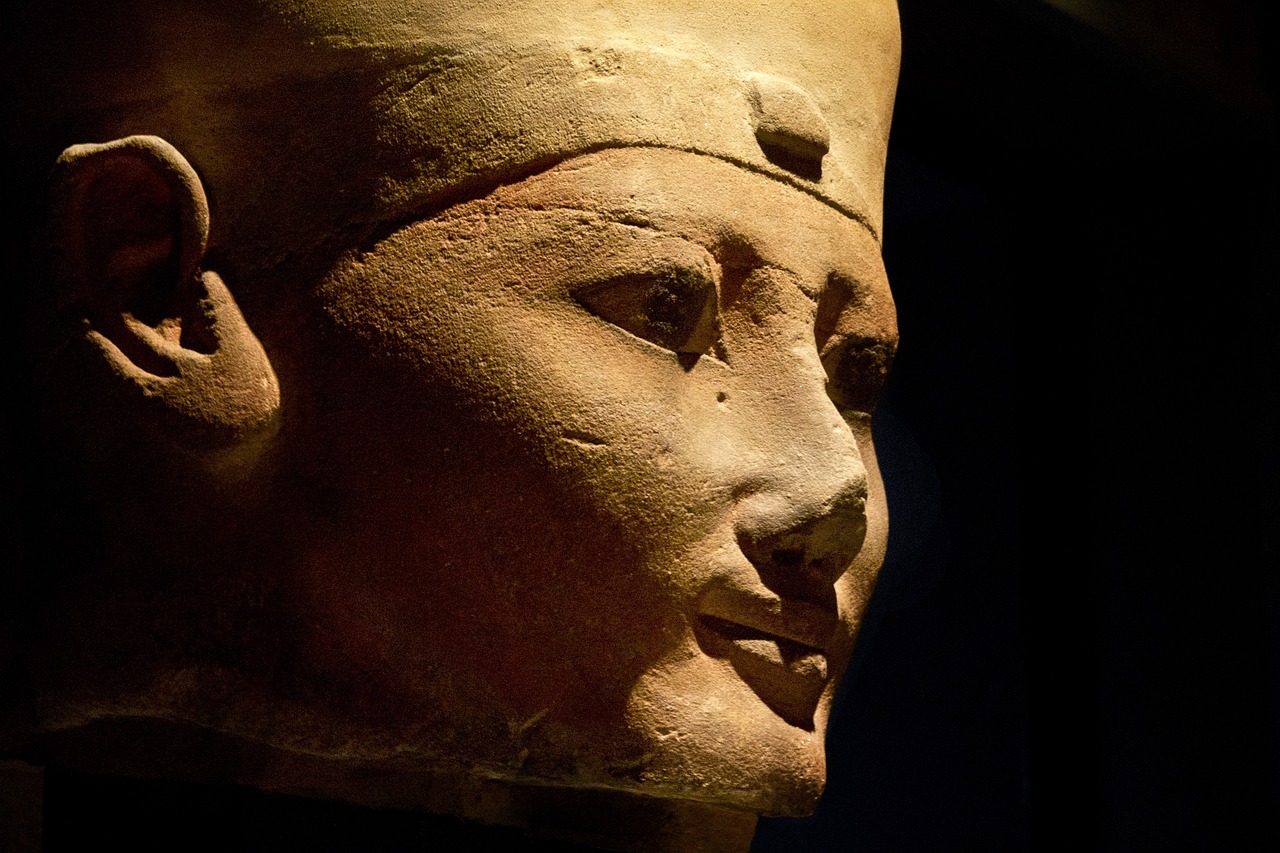The pantheon of ancient Egyptian deities is rich with figures that embody various elements of both human experience and the natural realm. A particularly significant deity within this grand assembly is the goddess Mut, who symbolizes maternal strength and divine motherhood in the mythology of ancient Egypt.
Her myriad forms of influence, extensive symbolism, and profound mythological importance highlight her esteemed position as the mother goddess and sovereign of all deities within the ancient Egyptian religious framework.
Origins and Attributes of Mut
The goddess Mut, whose name translates to “mother,” commanded a high level of respect and veneration, especially among the inhabitants of Waset, now known as Luxor. As the partner of Amun, the foremost god in the Egyptian pantheon, Mut represented the sacred blend of maternal nurturing and divine power.
In artistic depictions, Mut typically appears in two main guises: as a vulture or embodied as a royal woman wearing the double crown that signifies both Upper and Lower Egypt. This duality represents her caring yet fierce maternal instincts alongside her royal authority over the united nation. The vulture, often associated with motherhood and protection, effectively visualizes Mut’s role as a guardian and nurturer, ensuring the cosmic balance and the welfare of all living beings under her vigilant observation.
Maternal Symbolism and Divine Providence
In her role as the divine mother and queen of the gods, Mut was treasured for her protective and nurturing attributes, epitomizing an ideal of maternal kindness and care. Ancient Egyptians frequently called upon her for blessings concerning childbirth, fertility, and family well-being. Her divine oversight extended across all life forms, emphasizing her role as a maternal figure within the broader cosmic framework.
The Triad of Thebes: Mut, Amun, and Khonsu
The Triad of Thebes encapsulated the essential forces of creativity, protection, and renewal, while underscoring the harmonious balance fundamental to the Egyptian perspective. At the center of this sacred triad resides goddess Mut, whose connection with Amun, the high deity, along with their son Khonsu, illustrated the divine dynamic of maternal influence, cosmic sovereignty, and youthful exuberance.
This sacred familial relationship was interwoven into the cosmic understanding of creation and renewal, resonating profoundly with the ancient Egyptians, who sought to grasp the complex interrelations of existence. The Temple of Karnak became the focal point for the cult of Theban Triad, where ceremonial practices and festivals celebrated their divine figures, reinforcing their critical functions in upholding cosmic balance and nourishing the kingdom’s wellbeing.
The Role of Goddess Mut in Egyptian Mythology and Royalty
Mut’s significance reached beyond just her role as a mother; she also played a vital part in legitimizing the divine authority of the pharaohs. In various portrayals of royal events and ceremonies, she is frequently shown as enveloping the reigning king, representing her essential contribution to affirming the sovereign’s divine entitlement to rule. This association illustrated her crucial role in maintaining cosmic balance and the prosperity of the land.
Conclusion
In summary, the goddess Mut embodies the essence of maternal strength, divine safeguarding, and nurturing within the intricate system of ancient Egyptian beliefs. Her role as the mother goddess and queen of all deities highlights the deep respect attributed to motherhood, as well as the enduring connection between the divine and mortal realms in ancient Egyptian culture.



